Sowing obsession, or how to transform your balcony into a garden
Klaudia Kryńska
Sowing obsession, or how to transform your balcony into a garden
During the pandemic, we’ve observed an unusual increase of the interest in growing one’s own food – instead of flowers, many balconies started to house pots of tomato plants, kitchen window sills became full of herbs and lettuce, and in garden allotments hammocks were replaced with tiny greenhouses.
Gardening mania gripped the entire Europe. In the initial phase of the lockdown, orders in British seed cooperatives went up 600%, and producers of seedlings could hardly satisfy the demand. Warsaw residents also proved that the slogan “edible city” is no longer just a projection for the future, but our new day-to-day. If you want to join the community of home gardeners this season, but you don’t know where to start, learn a few simple rules that wiil help you change your balcony into a garden.
When tending to a balcony culture, you can use solutions glimpsed in nature. Emulating natural and sustainable ecosystems combined with holistic design are the basis of permaculture. In permaculture farms and gardens, everything was designed to coexist.
Thanks to establishing permaculture microfarms in our balconies we can have a positive impact on expanding local biodiversity. Flower mini-meadows, pots with herbs, several tomato plants, a patch of lettuce and radish, as well as shallow dishes with water for the insects, or even a hotel for wild pollinators, or butterflies – all that will have a positive impact on the development of organisms in our neighbourhood.
Increasingly often, apart from growing decorative plants, we decide to introduce edible species to our balconies. We should remember that if our balcony goes out directly onto a busy street, or if such a street is nearby, food grown on it can absorb heavy metals, and as a result it will be contaminated. It is estimated that a safe distance from the street should be no less than 200 metres. So if you have such a space at our disposal, let’s start planning what, how, and when to plant.
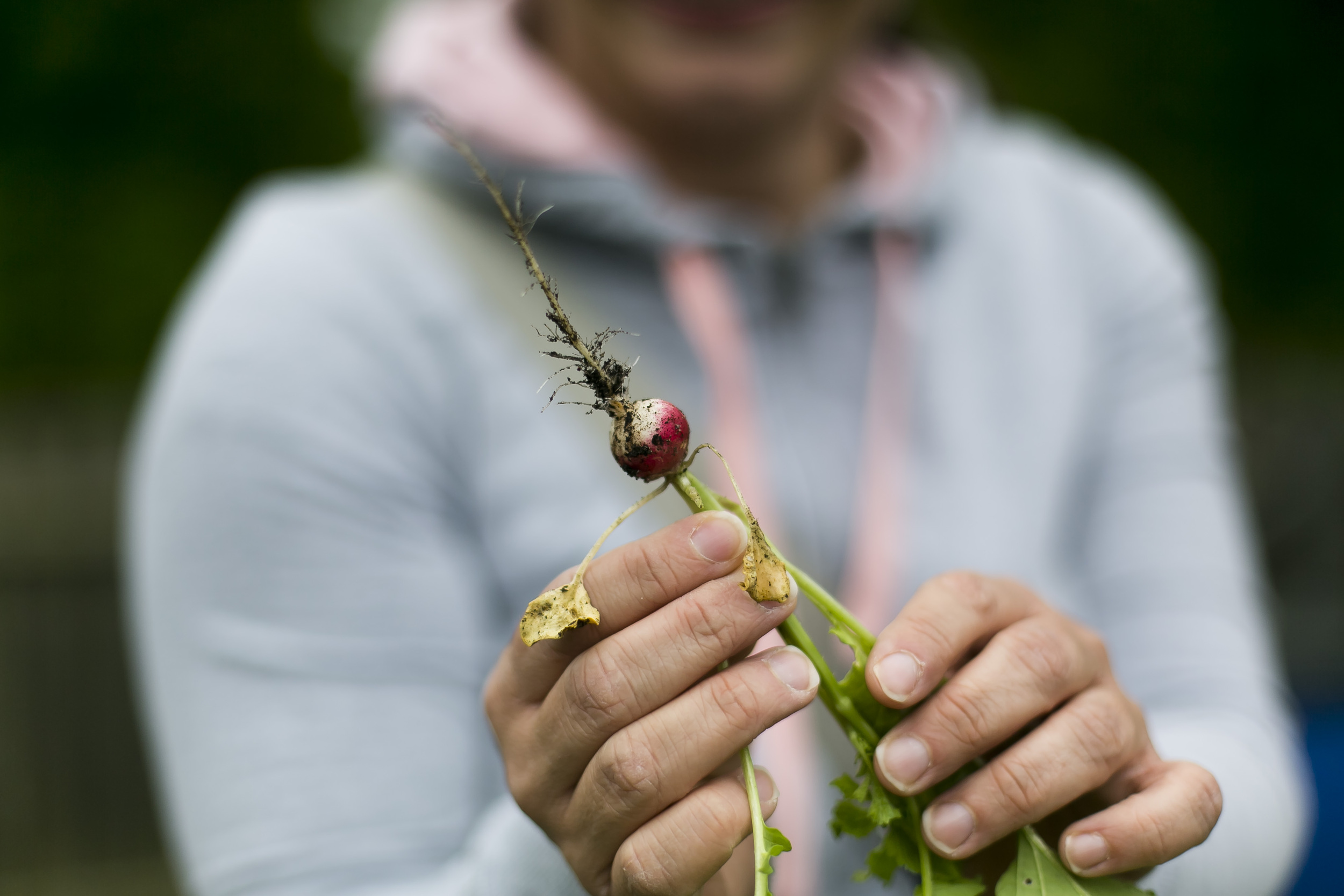
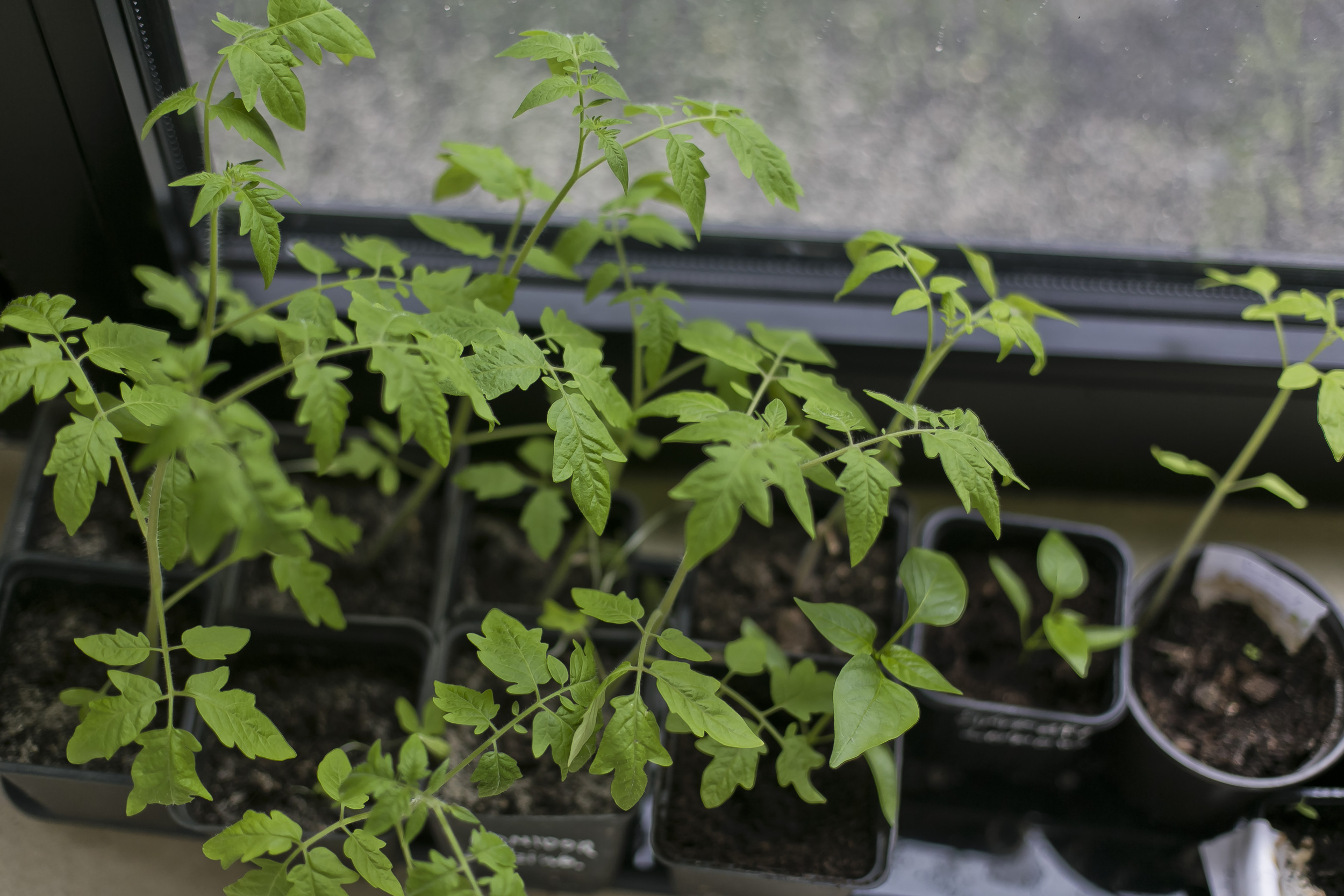
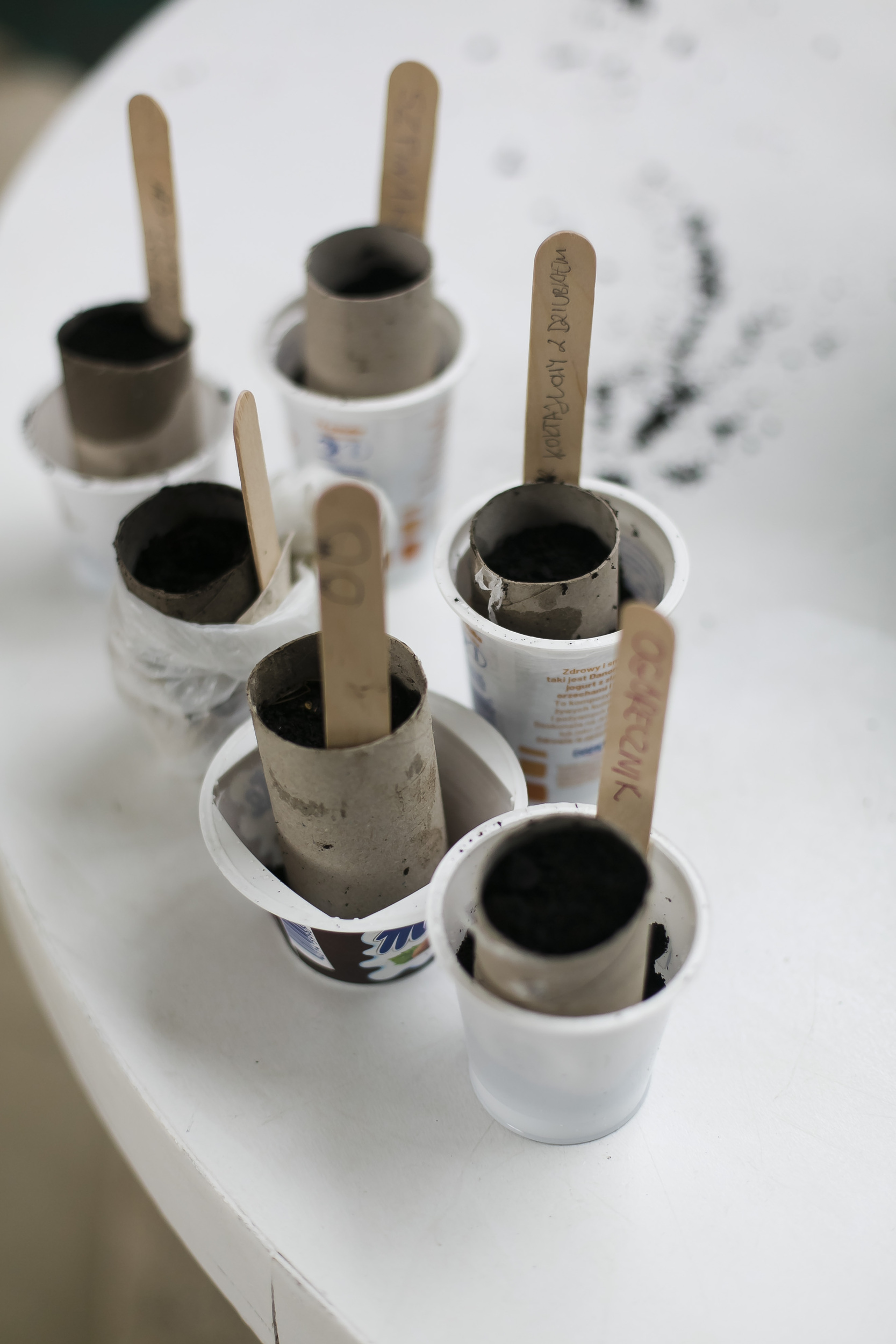
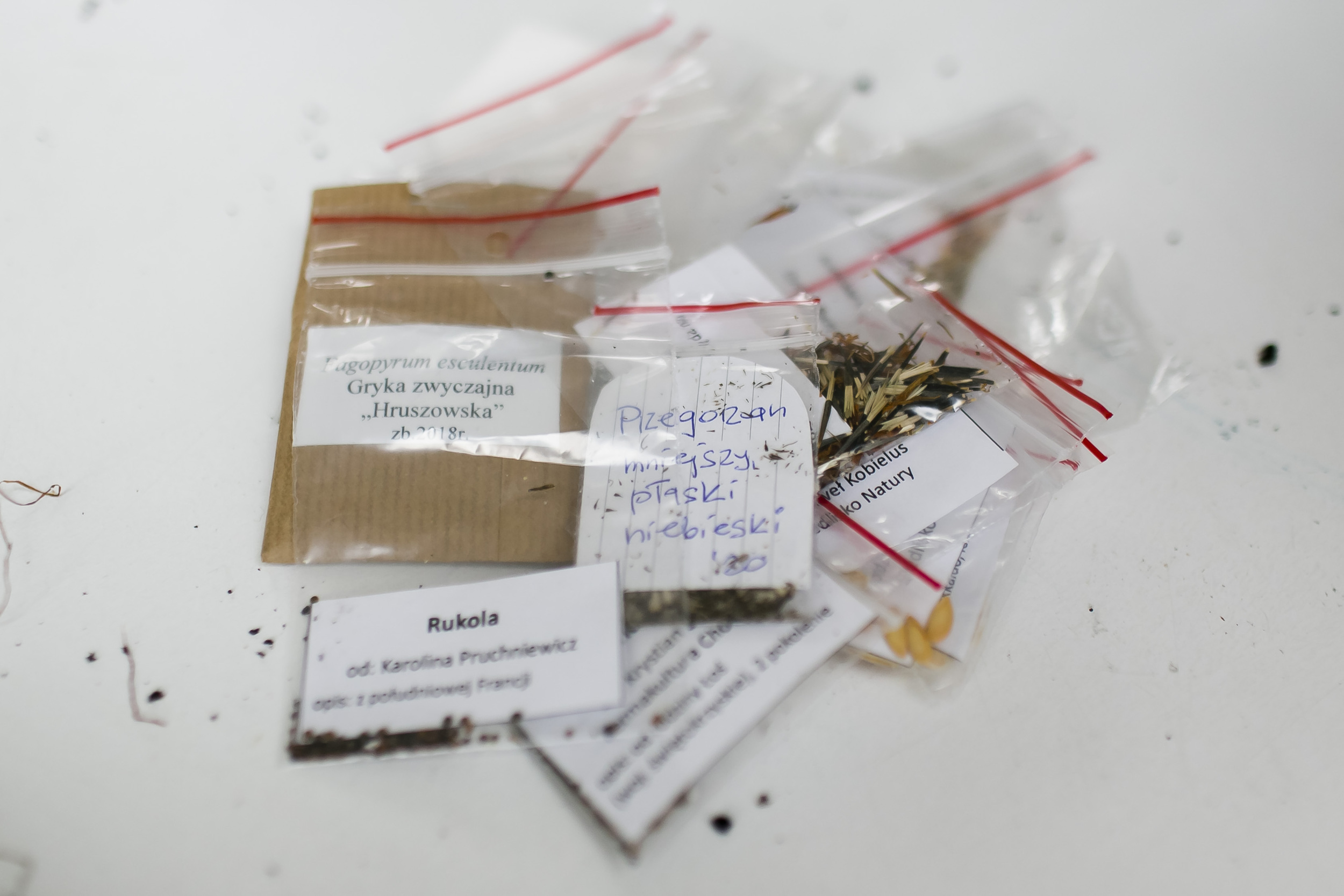
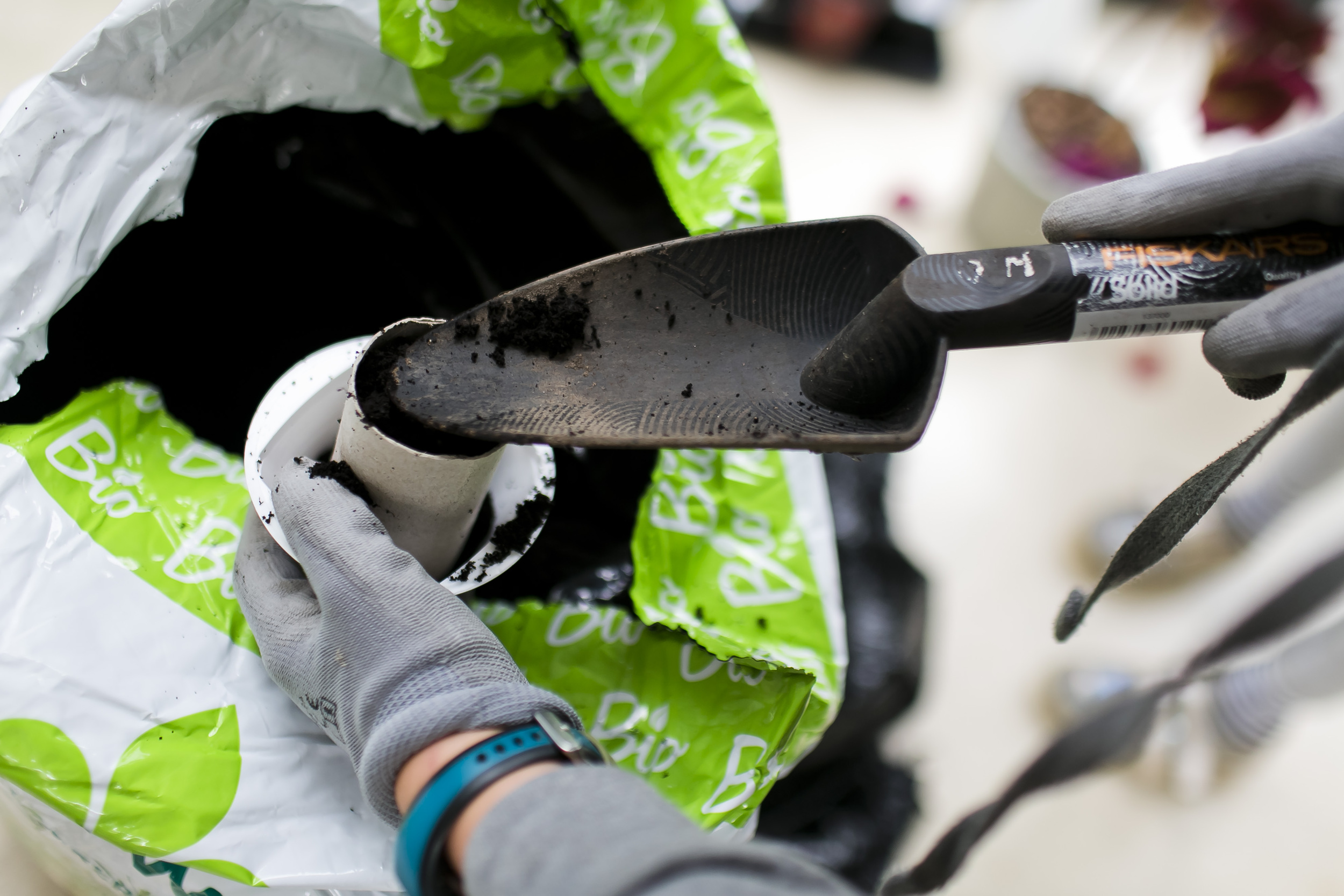
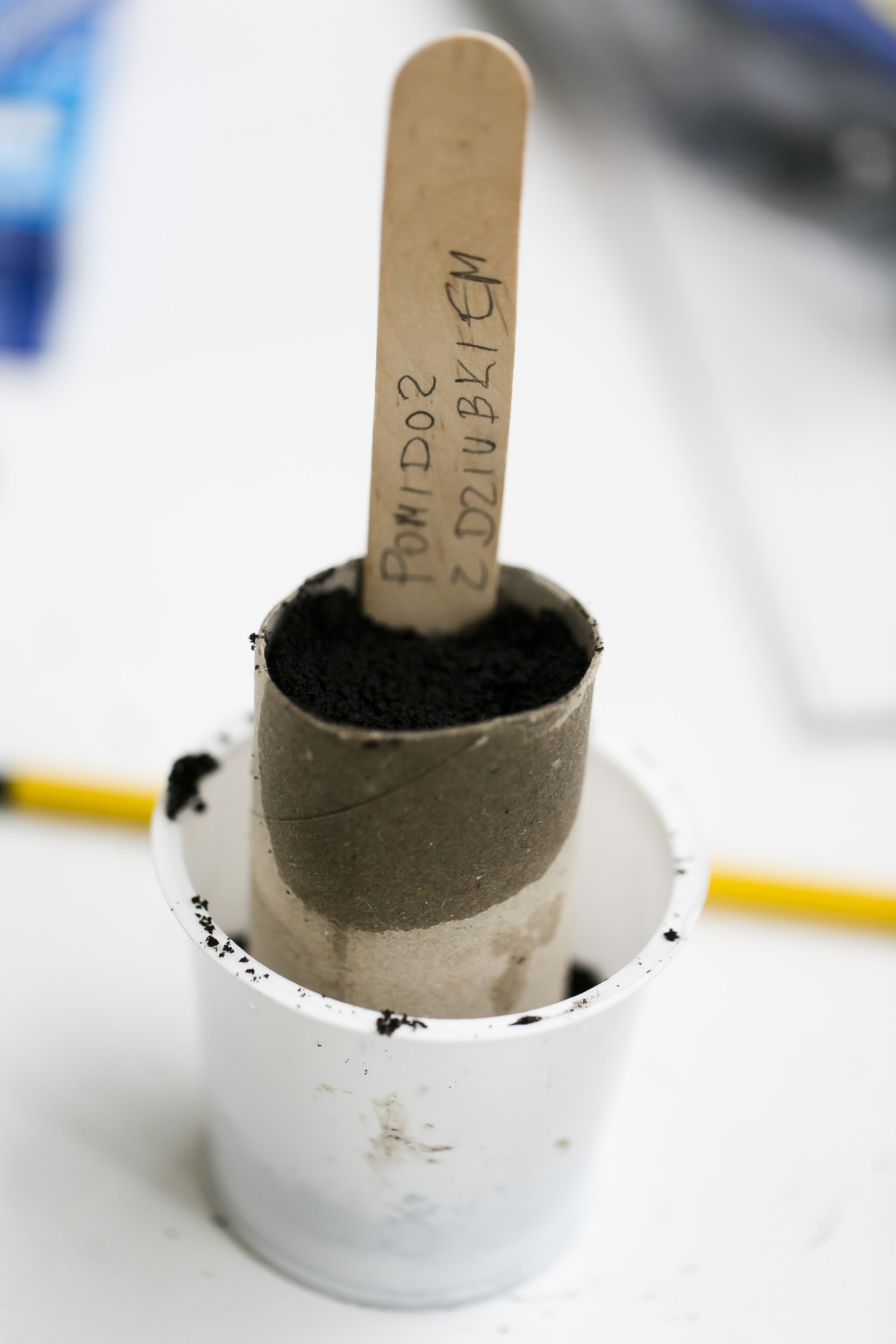
First, pots and containers. We should find deep ones, where you can put more earth. More soil means better root development, and more capacity for storing water, which is significant during a hot summer. Wooden fruit boxes or old wooden containers lined with nonwoven crop cover. However, you must remember to make small openings in the material, to evacuate excessive water from the roots.
When you decide in what you would put our plants, let’s look at soil. Live, fertile soil is the foundation of permaculture farming. Garden soil usually sold in stores comes mostly from European peat bogs. Its exploitation not only causes devastation in the environment where it is obtained, but also changes the climate as a whole, as it deprives us of bogs that retain water in the ecosystem. This is why, if at all possible, try to secure soil based on compost and woodchips. You could also add a bit of compost (especially valuable is the so-called vermicompost, the result of red wiggler worm activity) to regular, peat-free soil, and for plants that like acidic soil (e.g. blueberries or strawberries) you would do well to mix garden soil with wood chips and pine bark which effectively lowers the pH of the soil.
If you prepare the seedlings yourself, it would be a good idea to compose the earth for the seeds from garden soil and sand.
To prepare seedlings, you will need seeds. Here, the key are their quality and ethical sourcing. It is best to order them from websites that work for preserving old, native varieties of plants, and make sure that seeds have to chemical additives. When buying seeds, pay attention to their expiry date and the packaging itself. Some seed cooperatives place their phone number on packages, which you can call to obtain all information about a given plant. Academic facilities and research institutes are also a good address. Among the most interesting ones are the Polish Institute for Culture and Acclimatization of Plants, and the National Centre for Genetic Plant Resources where you can order a set of seeds for your own use.
The next topic is types of plants for our cultivation. If you only start your adventure with balcony farming, let’s focus on vegetables with a short growing season that grow to only a small size. Radishes and lettuce that have similar life cycle and requirements would be perfect for beginner gardeners. Dill is also quite an easy vegetable to manage – its seeds can be put straight into the ground continuously, throughout the entire season. You can also consider onions, tomatoes, cucumbers, runner beans, chives, parsley and stick celery.
Conditions on the balcony are often extreme for the plants: a lot of sun exposure, and wind, sometimes make them really struggle for survival. To make it easier for them, prepare bedding – put a layer of straw, sawdust or woodchips on the surface of the soil. The layer of mulch stimulates the activity of organisms living in the soil, and what’s more, it retains moisture in the ground, which frees us from the need to water as often.
Act, experiment and transform balconies into edible gardens! Crops harvested in July and August usually make up for the struggles of the preceding months.